Landscape of Southern Australia from Mallee and Mulga.
Escorted small group tours for mature and senior travellers in Western Australia, Victoria, South Australia & NSW drive through former Mallee country. Article explains the iconic beginnings of Mallee and Mulga in the arid landscapes.
10 Jun 20 · 8 mins read

Mallee and Mulga Two iconic and typically inland Australian plant communities
-By Sandy Scott
When driving across southern Australia between western NSW, north west Victoria, South Australia and eastern parts of Western Australia mature and senior travellers on a escorted small group tour will regularly pass through open country and roadsides lined with the mallee tree, and when they penetrate a little further north into more arid country they encounter mulga. Many people know little about these symbolic Australian plants (the gum trees) so let’s hope the following will help to rectify this for when you next tour South Australia or Western Australia .
Mallee
Of all plant groups the Eucalypt best identifies Australian vegetation. However there over 700 species in this group and based on their flower and fruit structure taxonomists have recognised three distinct genera within this group Eucalyptus , Corymbia and Angophora . The question now is how do we distinguish between the 100s of species of Eucalyptus and which ones are mallees?
We know many Eucalypts are trees, that some are small, less than 10m while some reach over 60m. When we look at their bark, we see some are smooth barked (gums), some have fibrous bark (stringy barks) and others have a very tough resin-impregnated bark (iron barks). Sometimes the rougher barks only occurs around the base of the tree, in others it covers half the trunk with the upper half smooth (boxes). A close look at the characteristics of the maturing buds and the resulting fruits (gum nuts) also enables us to distinguish one species from another.
Typically, in woodland communities we find tree species that have a very short bole (trunk) and many branches that make up the canopy. In forests however we typically find species that have long boles and a proportionally shorter canopy.
And when we come to the form of growth of the mallee tree we find multiple stems growing from a single root stock called a lignotuber.
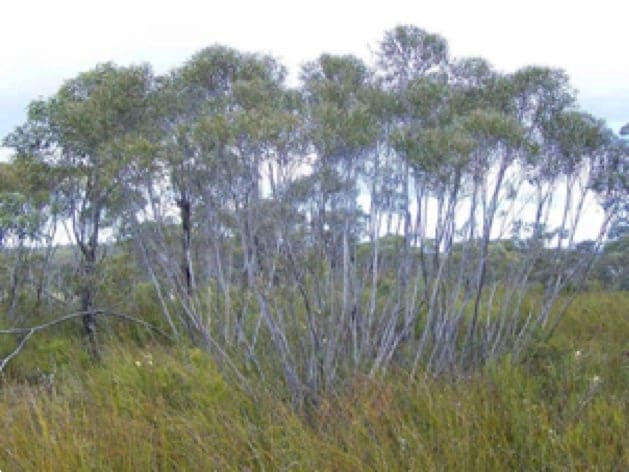
Typical form of a mallee, Eucalyptus stricta. (From Wikipedia)
Given that mallee species generally grow within the 2m to 9m range they are classified as a shrub or small trees and grow in communities making up a woodland or a shrubland, typically they have red flowers or yellow flowers or white flowers. There are some 27 species of Eucalyptus that have the mallee type characteristics and six or seven of these are common in natural communities across southern Australia such as red mallee, bull mallee, or the blue mallee.
Most of the areas where mallee eucalypt can be found is flat land covered with ancient dunes; they have low fertility sandy soil with a winter rainfall distribution, they are a well drained soil type. These areas are semi-arid and in Victoria for example the northern mallee averages about 250mm rainfall per annum and in the south about 370mm of water pa.
While the name mallee applies to single plants or a community of these plants, the name Mallee also applies to country regional areas of north western Victoria and eastern South Australia dominated by this vegetation.

Regions in NW Victoria and eastern South Australia. From Wikipedia.
The lignotuber, that is the mallee root of the mallee trees increases in size as the plants age. Following fire or a prolonged drought that may kill the leaves and branches, new shoots grow up from the lignotuber to become the new photosynthesising parts of the plants foliage. A similar regrowth after severe stress in many other Eucalypts speciesfollows a parallel response when epicormic buds (buds from just below the bark) emerge and begin the post-stress regeneration of green shoots followed by foliage.
In mallee areas where pioneer farmers cleared land for cropping the regrowth from lignotubers caused troubles during cultivation and sowing with the new mallee shoots often becoming mixed with the ripening grain crops.
A development in South Australia to deal with the roots and lignotubers was the invention of the stump-jump plough in 1876 -a model that was then followed by a series of improvements. Along with rolling and burning and the use of the stump-jump plough farmers were able to reduce their problems while tilling the soil and harvesting crops.
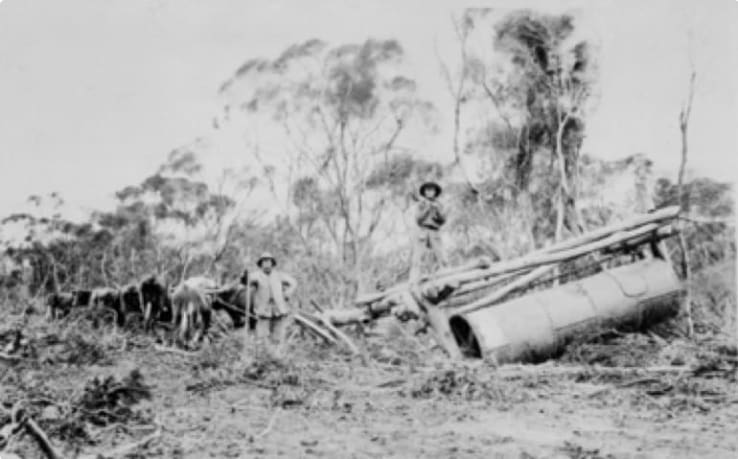
Mallee roller at work in the Swan Hill area (1916, H99.128/47. From Wikipedia)
A great problem with the use of these mallee lands for cropping has arisen through the exposure of the sandy soil to wind erosion particularly between crops. One estimate suggests that 75% of South Australian mallee country has been cleared for cropping and grazing with 65% in Victoria. Not only is the soil blown up against fences in bare areas, but strong winds lift the sand so producing a dust storms that can have widespread effects. The underground lignotuber of the Malleespecies seems to have also been a very effecient form of erosion control
For years the mallee root (lignotubers) that were grubbed out of the soil were favoured firewood with hot long-burning qualities. To prevent clearing for the sake of recovering this fuel, the sale of mallee roots was made illegal.
Mulga
Not only does mulga appear in A.B.(Banjo) Patterson’s poem ‘Mulga Bills Bicycle’, but is the name of an iconic widespread small tree across much of inland Australia.
Like mallee that belongs in the very large Eucalypt genus of plants, Mulga is a one of over 900 Acaciaspecies commonly known as wattles. Its scientific name Acacia aneura and the species name aneurarefers to the fact that there are no visible nerves (midrib) in the ‘leaves’. For the non-botanist many wattles, including mulga, have phyllodes that photosynthesise like a leaf blade but develop from the modified leaf stem.
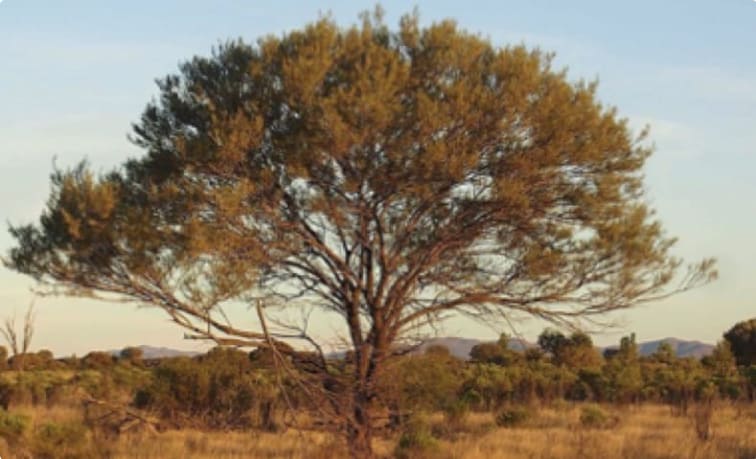
A mulga Tree. (Photo by Mark Marathon – Own work, CC BY-SA 3.0, https://commons source of .wikimedia.org/w/index.php?curid=27964434)
While much of the diversity in mallees is related to differences between distinct species, diversity in mulga (Acacia aneura) arises from having a number of varieties or very closely related species that form a complex recognised as mulga. Some members of the species complex may only grow to 3m high while another may grow to 15 m. Some varieties have multiple stems while others have one main stem. In shape, some are rounded but others in the complex are quite diffuse in outline. While most mulga types are erect with the phyllodes literally pointing upwards, some are pendulous. The size and shape of the phyllodes and pods also varies between mulga varieties. The origin of this diversity within a species has attracted many studies and hybridisation, a cross resulting from genetically unlike types within a species, is commonly cited as its cause.
Mulga is generally found in more arid locations than mallee with rainfall within the 200mm to 250mm annual average and occasionally in places up to 400mm pa across central southern Australia. One of the species adaptations in such dry environments relates to the positioning of the phyllodes and their ability to channel rainwater to the stem so that rainfall is concentrated at the base of the trunk to ‘irrigate’ the roots below.
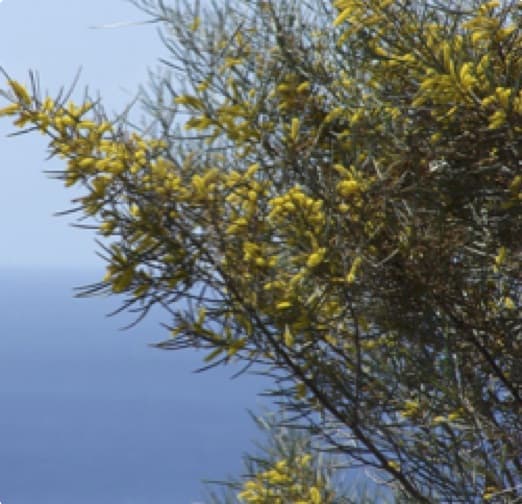
A flowering mulga showing the upright phyllodes.
(By Forest & Kim Starr, CC BY 3.0, https://commons.wikimedia.org/w/index.php?curid=6164946)
It is suggested that mulga dominates the natural vegetation over about 20% of Australia. The map indicates that while mallee dominates in semi-arid areas, mulga is found in arid areas of Australia to its north. It is found in all states but Victoria and Tasmania.
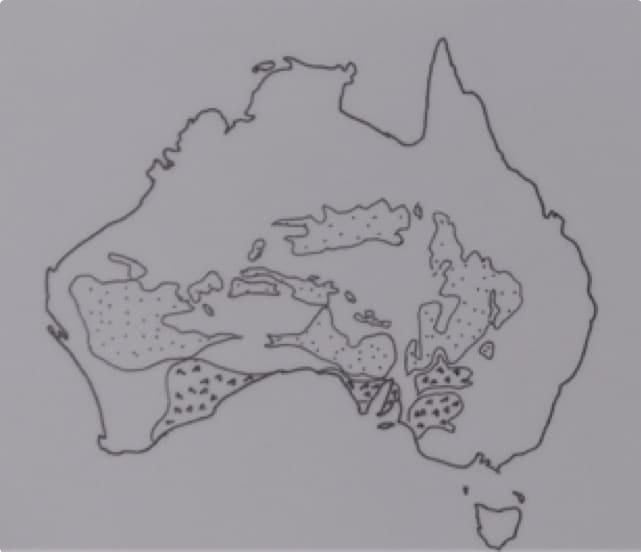
Mallee distribution v v v and mulga distribution . . .in Australia
Mulga grows in a wide range of habitats from floodplains to stony plateaus but is most commonly found on undulating plains with strips of low hills country. Undisturbed mulga is a long-lived plant but it will die out following severe droughts or fire. Mulga may form part of the diet for sheep grazing as browsers under rangeland conditions. However, over grazing such as occurred during rabbit plagues can kill off regenerating young mulga saplings.
Many of the plant parts of mulga were utilised in Aboriginal culture. The seeds were harvested and eaten after being roasted and ground into a paste. Mulga wood was widely used as digging sticks, for wooden weapons like shields and throwing sticks, and as clapstrick percussion instruments.
Small group tours where you can see Mallee and Mulga.
Odyssey Traveller visits the Mallee regions of Victoria, New South Wales, and South Australia as part of our new tour of the Southern States of Australia. These small group tour of Australia and its regions such as the Eyre peninsula, Yorke peninsula, the Murray river region are designed to make you re-think the way you understand Australia , our tour finds cultural and geographical continuities across state lines, epitomised by the idea of a ‘mallee country’ found across Australia . These Australian group tours for example in Southern Australia get away from the major centres – Melbourne , Sydney , Perth, and Adelaide – and discovers some of the remote corners of this fascinating country. We hope after reading this article and others about Australia, you will be able to see the semi-arid mallee country through new eyes, imagining how Aboriginal Australians lived and built community in these not-so-desolate lands.
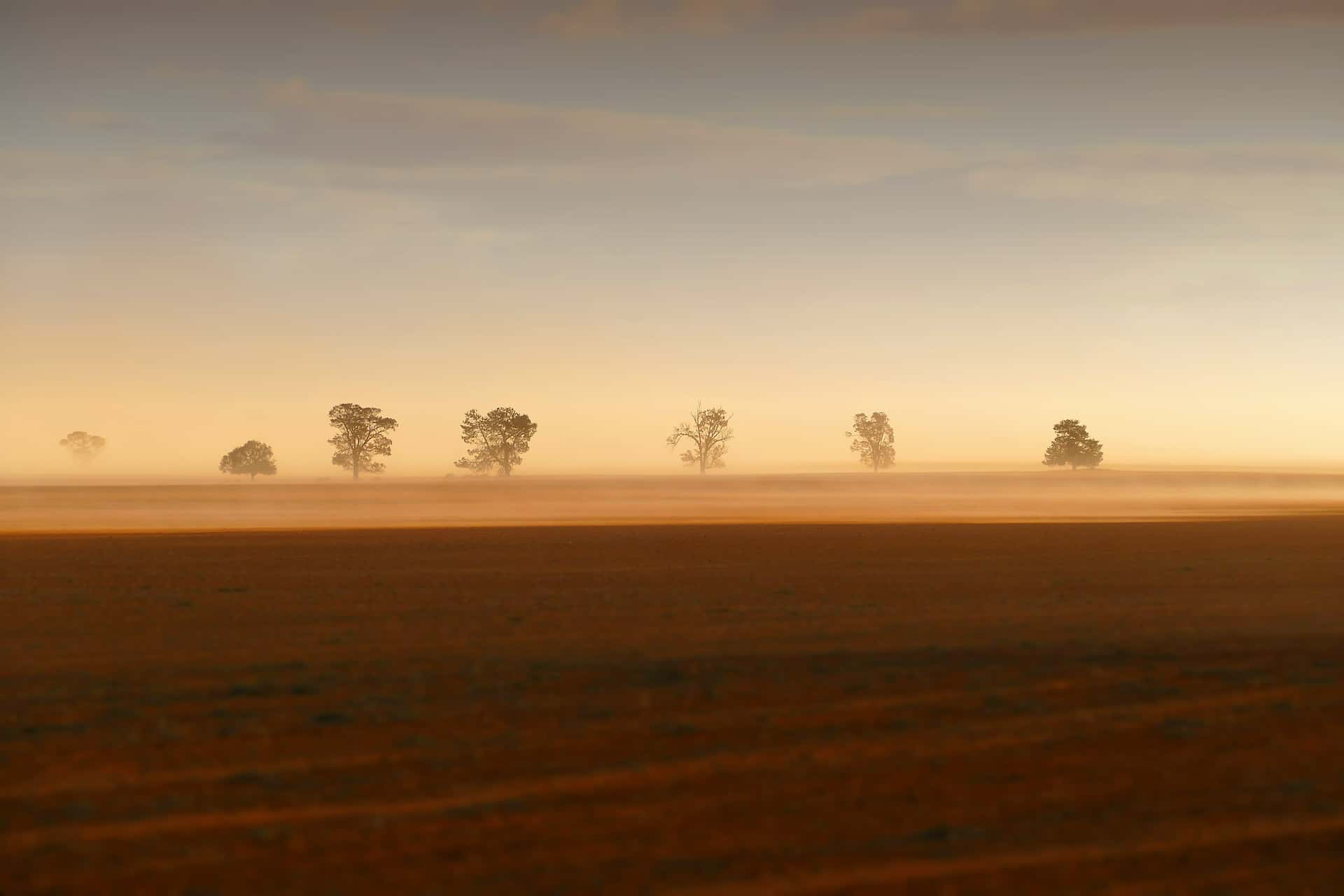
The Australian tour of World heritage sites in the Southern Australia states begins in Adelaide, from which we head to the historic shipping town of Port Fairy, Victoria . We then head to the Budj Bim Cultural Landscape , a fascinating example of indigenous aquaculture and a UNESCO World Heritage Site. Then skirting around the Grampians to the Naracoorte Caves Park, another UNESCO site, which is home to fossils of ancient megafauna – Australian wildlife on a giant scale. At yet another UNESCO World Heritage Site, we visit the Willandra Lakes, where geologist Jim Bowler found the ancient remains of Mungo Man and Mungo Lady , 42,000 years after their burials to study and learn about the not only about the Archeaology but also the native wildlife in the desert.
From here, our tour heads to the Murray River town of Mildura, deep in Mallee country, where we enjoy a river cruise, before heading to the outback capital of Broken Hill . From Broken Hill , we then head back into South Australia , visiting the railway town of Peterborough and explore the mining town of Burra with a local tour guide.
Travellers with an interest in learning more about the Aboriginal heritage of Australia may want to check out our other outback Australia tours, which include visits to the important cultural site of Wilpena Pound on our tour of the FlindersRanges ; to ancient rock art in the Kimberley, Western Australia , and to the Brewarrina Fish Traps , on our tour of outback Queensland .
The Mallee region is also visited on our tour of Western Australia wildflowers , where we see the endemic flora of Western Australia on a tour that takes us from Perth to Esperance , passing through the Stirling Ranges National Park and the Margaret River wine country.
Every Odyssey guided small group tour is designed especially for mature and senior travellers, who want an authentic and informed experience of their destinations. These small group Australia tours are typically limited to 12 travellers with a tour guide. Our guided tour of Australia would not be considered the typical tourism Australia holiday – Blue Mountains, Uluru , the Great Barrier Reef , and the penguin parade on Port Phillip Island . Instead, we pride ourselves on getting of the beaten path, with like minded people and making you think about Australia and New Zealand in new ways on every New Zealand and Australia tour .
On our small group trip to Adelaide , we enjoy wine tastings on a day tour through the Barossa Valley , uncover the Arts and Crafts heritage of the Adelaide Hills, and visit the spectacular scenery of Kangaroo Island . Our Australian outbacktour , Broken Hill to Broken Hill , takes you through some of the most remote areas of Central Australia , where Queensland , South Australia , and the Northern Territory meet. To tour South Australia and further understand South Australian native wildlife, as well as the flora including Mallee country and the history we have a guided tour for small groups to the Gawler ranges, Eyre peninsula including Port Lincoln and Yorke peninsula.
Related Tours
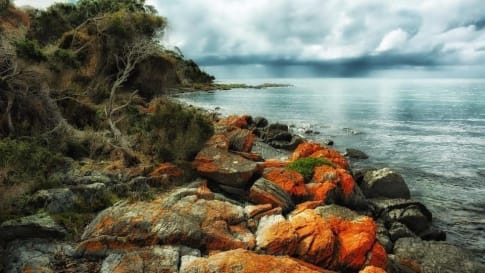
19 days
Mar, Nov, FebDiscovering Tasmania’s Wildlife
Visiting Tasmania
Small group tour of up to 15 mature and seniors travellers visiting and learning about Tasmania's wildlife and history. Visit Maria Island, Freycinet peninsula, Cradle Mountain, Strahan, Lake St Clair and Bruny Island over 16 days.
From A$11,450 AUD
View Tour
14 days
Oct, AprThe Darling River Run small group tour
Visiting New South Wales, Victoria
Small group tour for the mature and senior traveller of the Darling River. Learn about the history, culture and landscapes of the Darling, a key part of the Australian river system including Aboriginal trading routes and aquaculture. Suitable for mature and senior couples or solo travellers.
From A$10,750 AUD
View Tour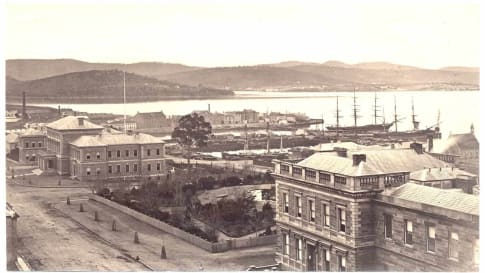
days
JanConvicts and Emigrants in Early Tasmania | Summer School in Hobart, Tasmania
Visiting Tasmania
The course focuses on Tasmania and its similarities and differences from the ‘mainland’ as a convict colony, with a particular focus on women's experiences.
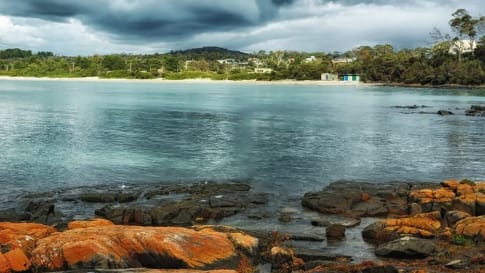
days
JanTasmanian Wilderness | Summer School in Hobart, Tasmania
Visiting Tasmania
The Tasmania Wilderness summer school is held annually in Hobart in early January. This summer school allows you to experience the great western wilderness of Tasmania, while staying at a comfortable ‘base camp’ in a Hobart hotel!
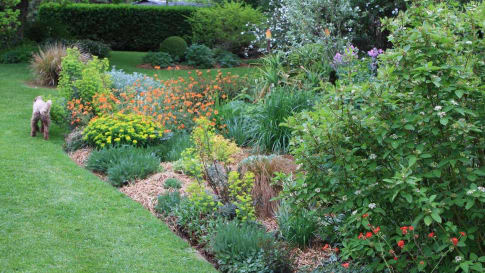
days
Jan, MarHouses and Gardens of Southern Tasmania | Summer School in Hobart, Tasmania
Visiting Tasmania
Houses and gardens of Southern Tasmania runs for five days and takes in ten different gardens and three heritage-listed houses. We will step back into the past and experience life as it was two centuries ago.
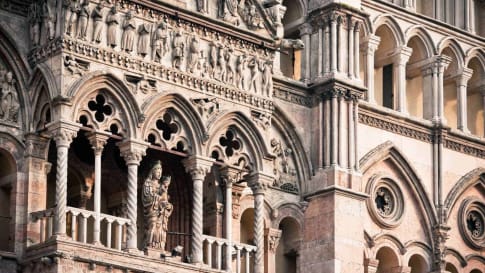
days
JanItalian Renaissance | Summer School course
Visiting Tasmania
This Summer school course looks at the influence and contribution five key families in shaping today's Italy. In the 15th and 16th centuries the principalities that became Italy were alive with new ideas. The boundaries of art, architecture, music, science, politics, religion and literature were pushed. It was also riven by bitter rivalry and even open warfare between the numerous independent city states.
days
JanRomans settling Britain & Gaul | Summer School course
Visiting Tasmania
This course will investigate contemporary accounts of Roman of the path to occupation and then settlement in Britain and Gaul. This class will endeavour to consider and discuss the contribution Rome and the Romans had on the places controlled by these invaders.

days
JanTasmanian Colonial homes, centring on Hobart and Launceston | Summer School in Hobart, Tasmania
Visiting Tasmania
Summer School tour that examines the Historic homes and the history of their occupiers.
Articles

Aboriginal land use in the Mallee
Learning about the Mallee for a escorted small group tour of South Australia and Western Australia for mature and senior travellers. Understand the Mallee & Wildflowers relationship and the indigenous community land use.
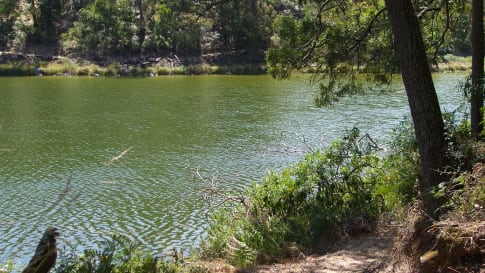
Budj Bim Cultural Landscape, Victoria
Article for escorted small group tour about this program visiting UNESCO World Heritage sites in Victoria, South Australia & NSW. Exploring and learn about Budj Bim cultural landscape for mature and senior travellers .
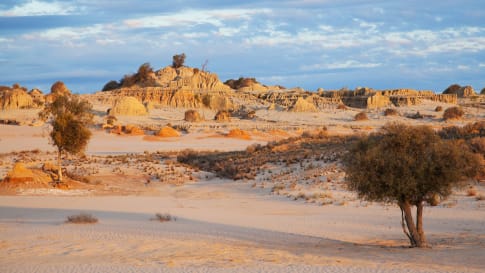
Mungo Man and Mungo Lady, New South Wales
Part of a small group tour of World heritage sites on Victoria, NSW & South Australia for mature and senior travellers. Learn and explore in the Mungo National park about Aboriginal settlement and the fauna and flora of this National park.

Aboriginal culture of the Flinders Ranges, South Australia
The iconic Flinders Ranges of South Australia have a rich Aboriginal heritage and are home to a number of vitally important cultural sites and ancient artworks that this small group tour for mature and senior travellers has the opportunity its to learn about.
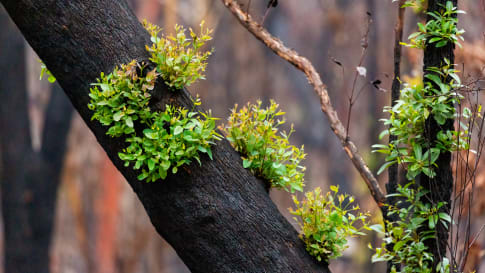
Aboriginal Fire Management
Small group tours for mature and senior travellers in the Australian outback to learn and appreciate land management techniques for couples and solo travellers reflecting Aboriginal culture in Kakadu, Tasmania, Arnhem land and the Kimberley.
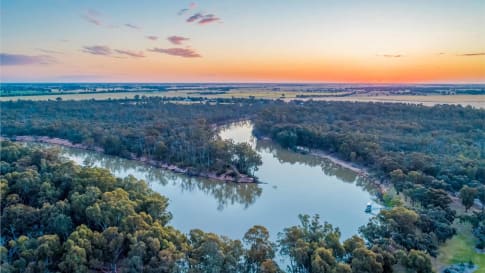
Appreciating Australian River Systems
Appreciating the linking of the river network into the Australian, history, culture and landscape on a small group tour for mature and senior travellers of couples or solo travellers is an integral part of understanding the continent of Australia and Aboriginal settlement.

Esperance and Wildflowers, Western Australia
The historic town of Esperance amongst wildflower enthusiasts is a must see. Each spring the town and the surrounding South West eco-region is filled with bursting colour overtaken by blooming wildflowers.

Flinders Ranges National Parks, South Australia
Rugged mountains, tree-lined gorges, an abundance of wildlife, and important Aboriginal works : the national parks of the iconic Flinders Ranges including Wilpena pound are the beginning of Australia's outback that we explore on a small group tour for mature travellers.

The Australian Outback: A Definitive Guide
Explore learn and consider what is the outback in this article. For mature and senior travelers considering joining a small group package tours into the outback to see, learn and explore about this unique place, not only the landscape but the Aboriginal approach to living. On each of the tours for couples and the single traveler you learn something different but fascinating, from Outback Queensland, the Flinders, Broken Hill and the Kimberley and the wildflowers all contribute to this question, what is the outback?



